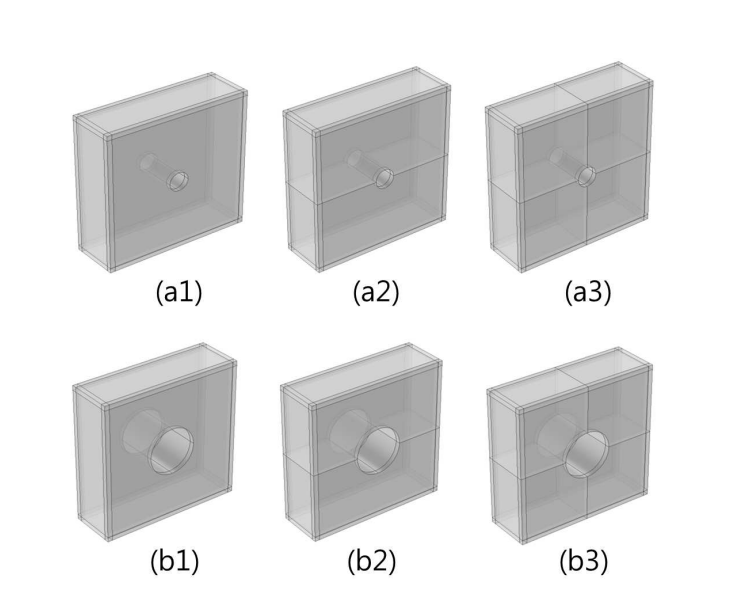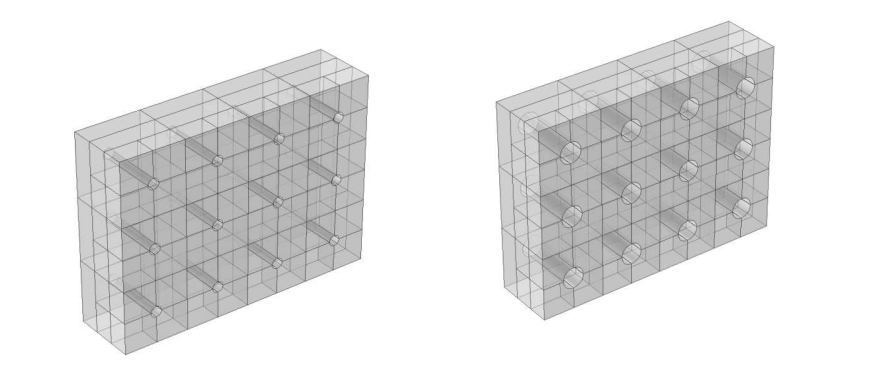
Imagine you have a window that isolates noises and passes only nature sounds like sea waves in addition to fresh air. Seems like it will happen in dreams only, right? Actually, researchers from South Korea, bring this window from dreams to the real.
Soundproofing is difficult and expensive, it usually relies on transferring sound into a medium which absorbs and attenuates it. But this also will stop the airflow. Sang-Hoon Kima and Seong-Hyun Lee have successfully build a new window that allows airflow to pass without sound and noises.
The new design is simple and depends on two acoustic conditions, strong diffraction and negative bulk modulus.
Strong Diffraction
At first, this method makes the sound waves diffused into a customized resonator called diffraction resonator. This resonator maximizes the diffraction impact with its air hole in the center of the body. In addition, the diameter of the hole will control the range of frequencies to restrict. Only waves with a wavelength smaller than the diameter can pass through the hole.

Negative Bulk Modulus
A material’s bulk modulus means its resistance to compression. It is also an important factor in determining the speed at which sound moves through it. So, a material with a negative bulk modulus exponentially attenuates any sound passing through it.
While it is hard to find a solid material having a negative bulk modulus, Kima and Lee have designed a new sound resonance chamber. This chamber consists of two parallel transparent acrylic plastic plates. The efficiency of the double-glazed window is measured by getting the sound into the chamber. To maximize the efficiency, they drilled a hole through each plate. This double-glazing window has also used as a building block to make windows in larger sizes.

There are several applications of this windows, changing the size of the holes makes the windows tunable for certain frequencies. To know more about this research review this paper.

















